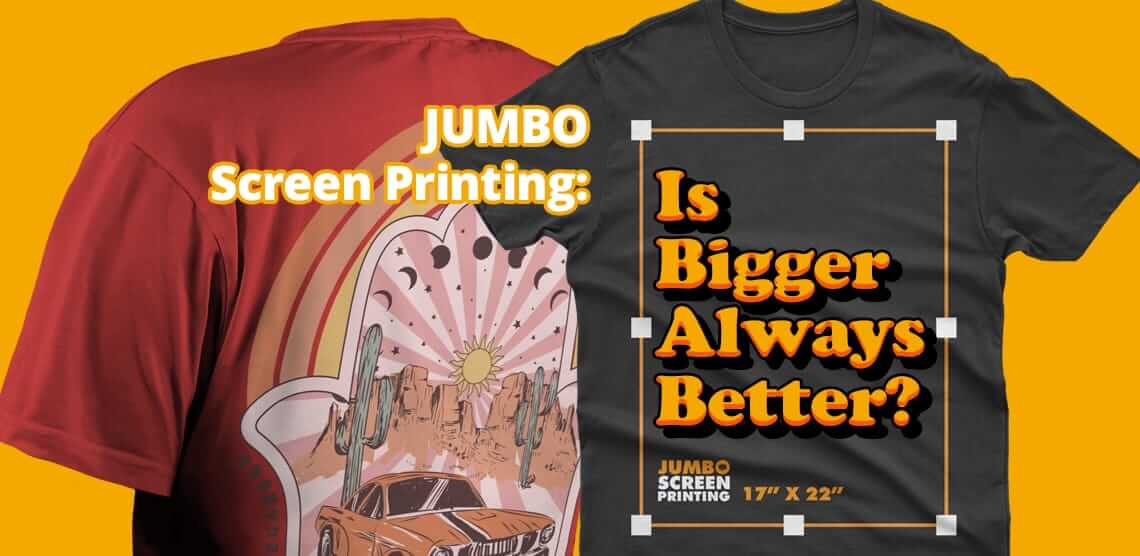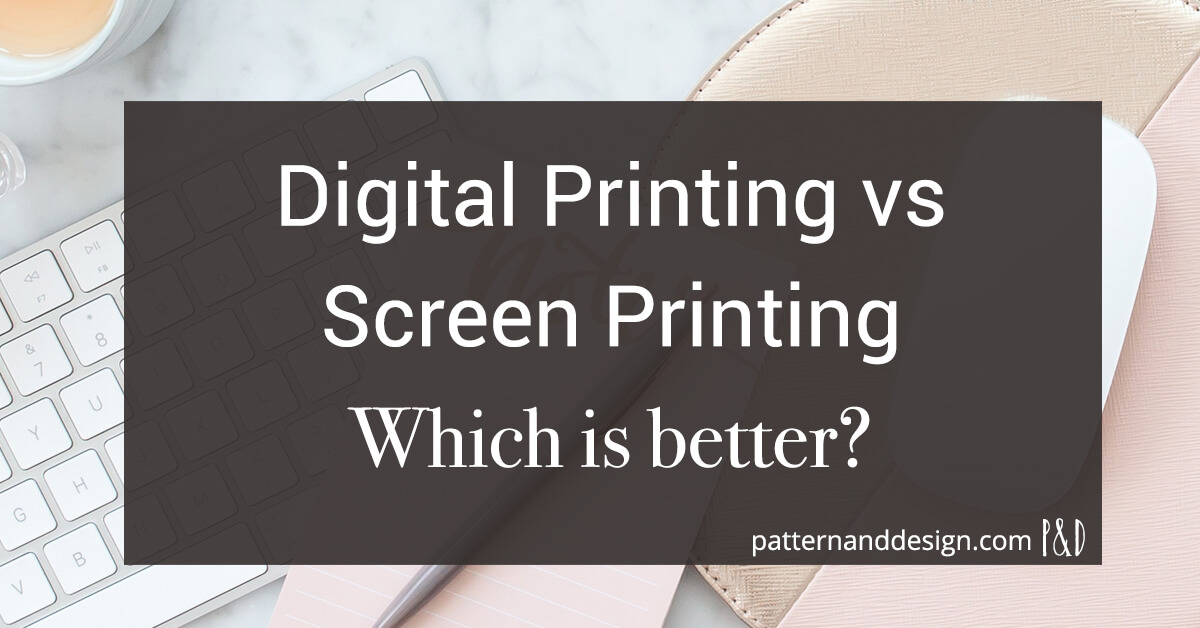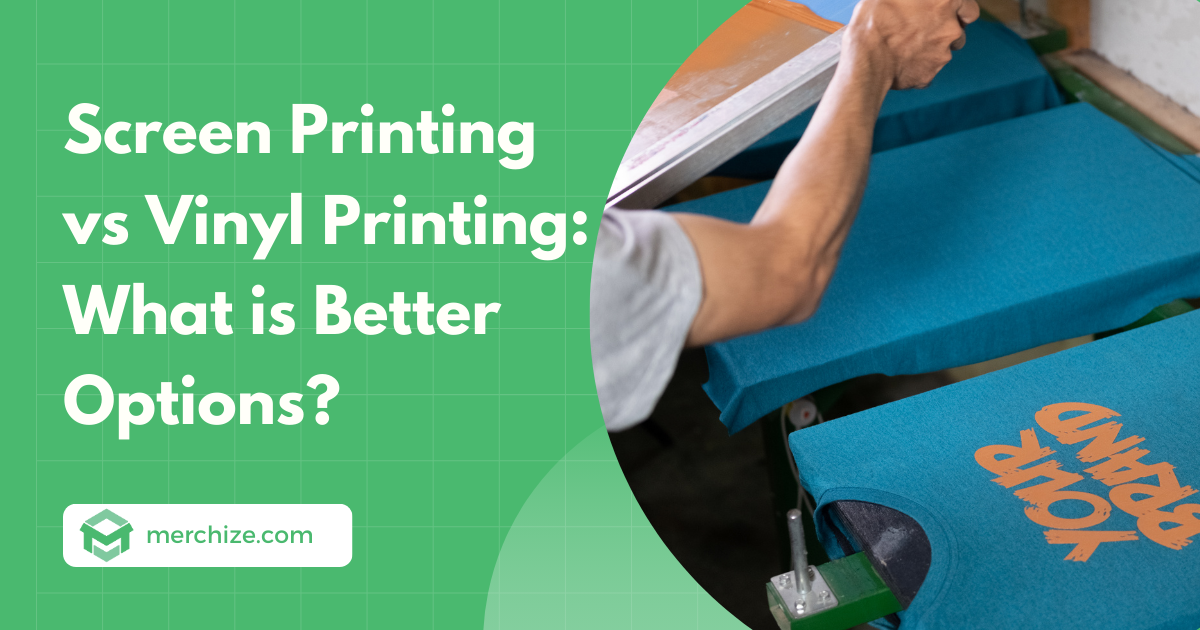The smart Trick of Tx Tees That Nobody is Discussing
Table of ContentsFacts About Tx Tees RevealedThe smart Trick of Tx Tees That Nobody is Talking AboutLittle Known Facts About Tx Tees.All About Tx TeesTop Guidelines Of Tx TeesFacts About Tx Tees RevealedSome Known Factual Statements About Tx Tees
That brings your overall to roughly $1,900 before tax obligation and delivery. Accumulate other prices, like the variety of utilities it takes to run the store and the expense of ink and solution per style. screen printer. Take the print below. This is a one-color image, so the price of ink per tee shirt is roughly 20 cents.The solution should only be a few cents because you 'd only need to coat one screen for this job. Typically, printers try to make up to 45% revenue on a print task.

With DTF, you can publish a handful of t shirts, or simply one. Utilize the same calculator as the area over to determine how much profit you would certainly make utilizing DTF transfers. Compare the costs and earnings to whichever technique speaks ideal to your arrangement and process. Both screen printing and DTF have their particular niches in the globe.
Rumored Buzz on Tx Tees
The very best method to recognize? Ask around and see what print shops like your own are doing. custom t-shirt design. Attempt both out and see which you like better
When you're selecting what sort of printing approach to make use of for printing your artwork styles on your garments, it is necessary that you know the differences between these two methods so you can make best use of results while reducing expenses. Screen printing is the most typically utilized strategy for publishing layouts on fabrics.
DTG printing is also referred to as area or straight to garment printing since it publishes just what is needed instead of making a screen as screen printers do. https://trello.com/u/txtees02/activity. Screen printing functions by screen filler squeegee display printing ink screen mesh display, then moving the image to garment making use of heat and/or stress
The DTG printer utilizes unique dye-sublimation inks that are applied right into a pre-designed image by an electronic printing system. The inks enter into the fabric, enabling vibrant shades and extraordinary information. It's also recognized as spot or straight to garment printing due to the fact that it publishes only what is required as opposed to making a display as display printers do.
The 5-Second Trick For Tx Tees
Initially, it's much faster - you can print a fullcolor picture in mins, instead of hours for display printing. Second, there's no established time or prices entailed - you can publish any design you like, without having to create a screen initially. Third, there's no waste - because screen printers screen print one design at a time, they have to screen each color separately.
The paper is extremely expensive and can only be used once. Once it's printed on, it needs to be discarded. - The initial acquisition rate is lower than the upfront investment of DTG printers- You can publish multi-color layouts one display at once rather of having to print each color separately like DTG printing.

The Of Tx Tees
Instead of making use of display mesh as screen printers do, dye sublimation printers utilize laser modern technology to transfer your photos onto garments or paper. A heat process moves the color from its solid-state directly into the gas phase which consequently integrates it onto fabric substrates when they are quickly heated up to heats under high pressure.
Sublimation printing is environment-friendly. It makes use of much less water than screenprinting, and because it doesn't include making use of unsafe solvents, it's secure for all kinds of clothing. The dye sublimation inks are likewise odor-free when healed, unlike display printers that make use of hazardous chemicals during the screen printing process that leave behind an unpleasant odor.
They likewise save money on expensive devices like exposure systems considering that color sublimation printers do not need a UV direct exposure system or a flash remedy stove that is normally made use of in display printing (custom screen printing). What is straight to garment printing (DTG Printing)? DTG printing is an electronic screenprinting procedure that prints directly onto textile utilizing specialized inkjet printers
Tx Tees for Dummies
DTG printing provides many advantages over conventional screenprinting, including the capacity to print photographic top quality pictures, greater shade vibrancy, and the ability to publish this link styles on darker fabrics. DTG printers function by heating the fabric ink until it transforms into a gas. The gas after that permeates the textile, bonding with the fibers to produce a permanent print.

Display printers just prepare their screen after that begin publishing up until they run out of item or ink.- There is a vast array of seasoned display printers throughout the globe, which can be practical for newbies. - It's a slower procedure - screen printers frequently have to wait for the ink to completely dry prior to they can publish the next color- Screen printers need manual work, so there's a higher learning contour and it takes longer to create a top quality design- Screen printing isn't as exact as DTG printing, so you may obtain some "bleeding" of colors from one component of the photo onto one more if not done effectively.
Getting My Tx Tees To Work
Instead of utilizing screen mesh as screen printers do, color sublimation printers use laser modern technology to transfer your pictures onto garments or paper. A heat process moves the dye from its solid-state directly right into the gas phase which consequently fuses it onto material substrates when they are swiftly heated to high temperatures under high stress.
Sublimation printing is environmentally friendly. It makes use of less water than screenprinting, and since it does not involve using hazardous solvents, it's secure for all kinds of clothing. The color sublimation inks are additionally odor free when treated, unlike display printers that use damaging chemicals throughout the display printing process that leave behind an unpleasant smell.
They additionally save money on expensive tools like direct exposure units considering that color sublimation printers do not require a UV exposure system or a flash remedy stove that is typically utilized in display printing. What is straight to garment printing (DTG Printing)? DTG printing is an electronic screenprinting process that prints straight onto textile utilizing specialized inkjet printers.
The smart Trick of Tx Tees That Nobody is Discussing
DTG printing uses lots of benefits over conventional screenprinting, including the ability to publish photo quality pictures, higher color vibrancy, and the capacity to publish styles on darker materials. DTG printers work by warming the fabric ink up until it transforms into a gas. The gas after that permeates the textile, bonding with the fibers to produce a long-term print.